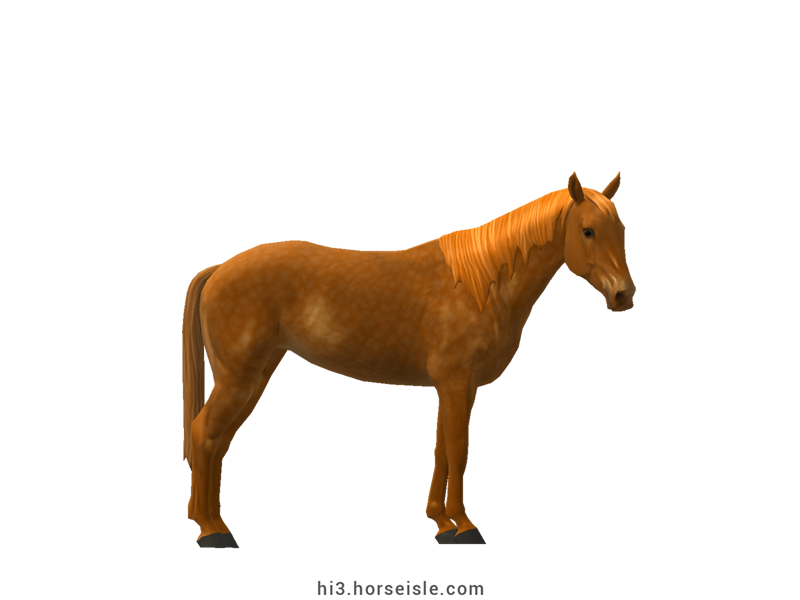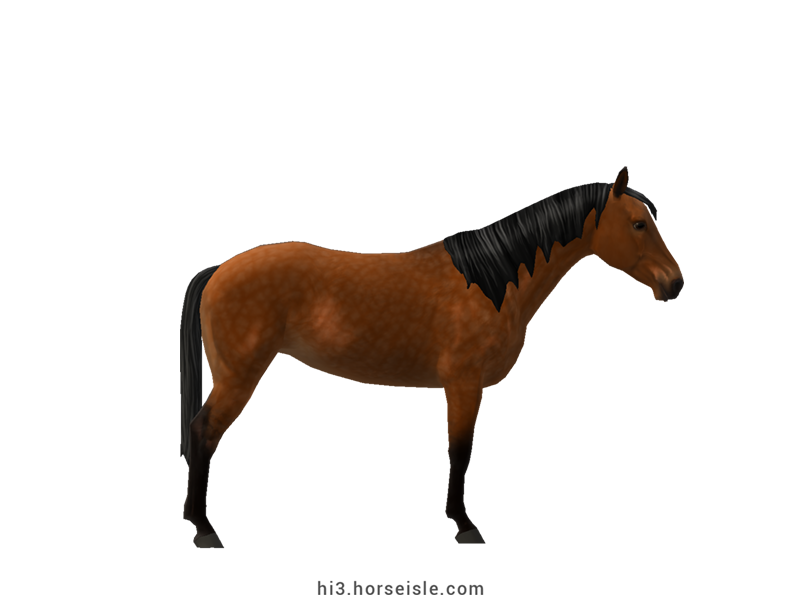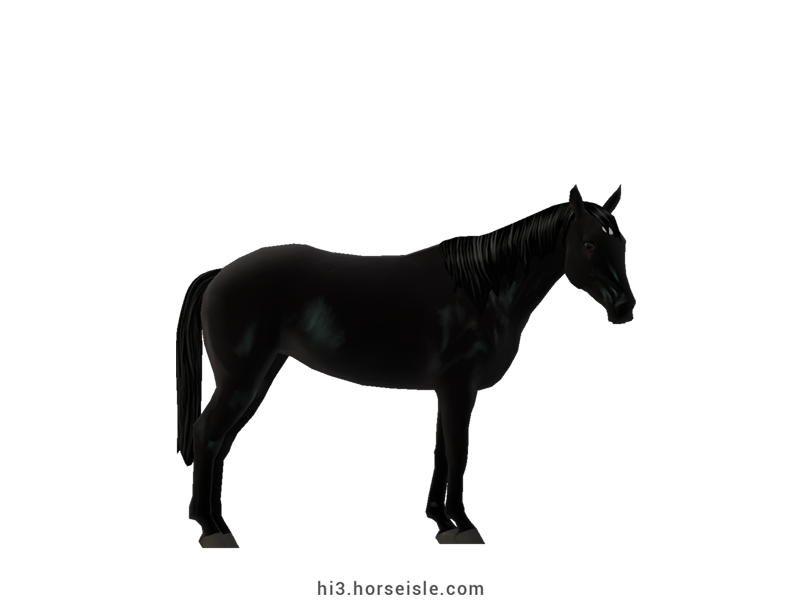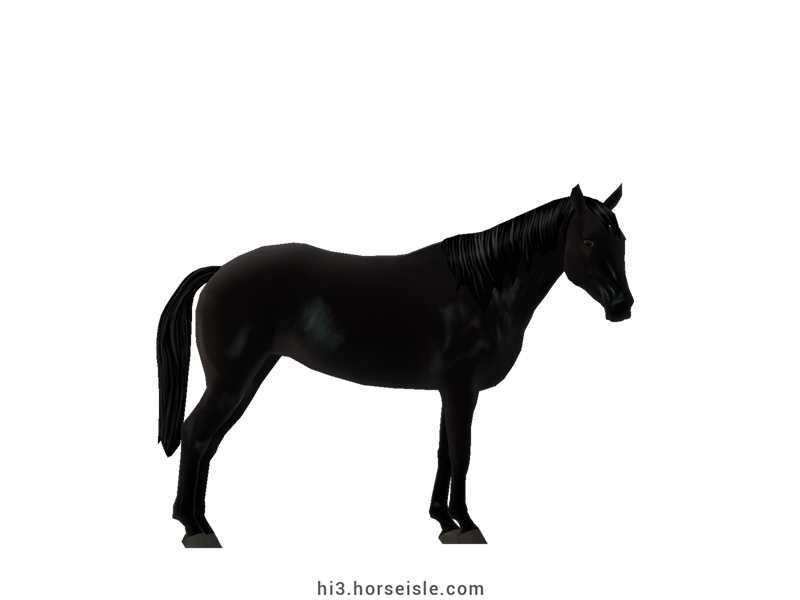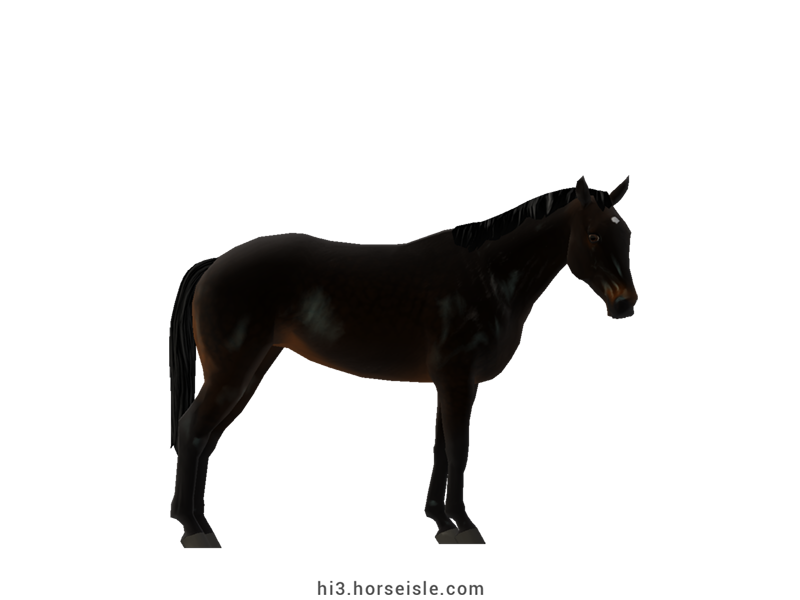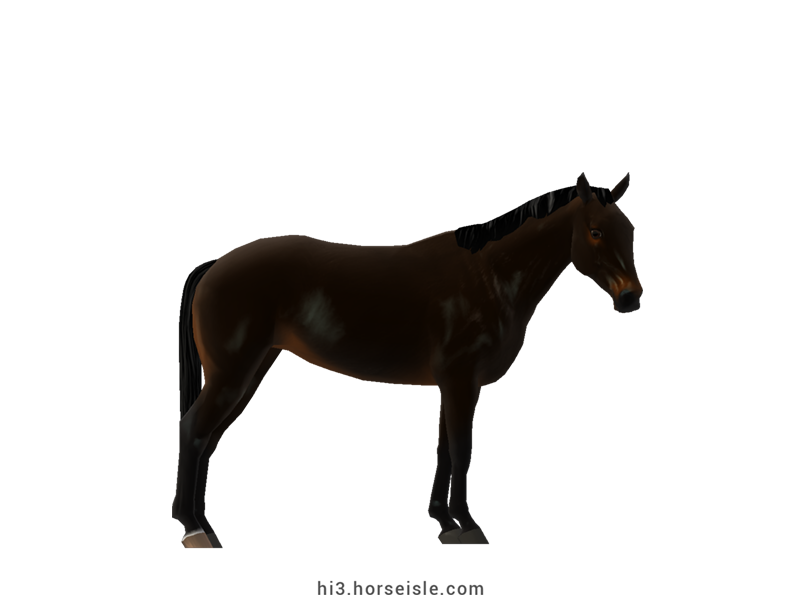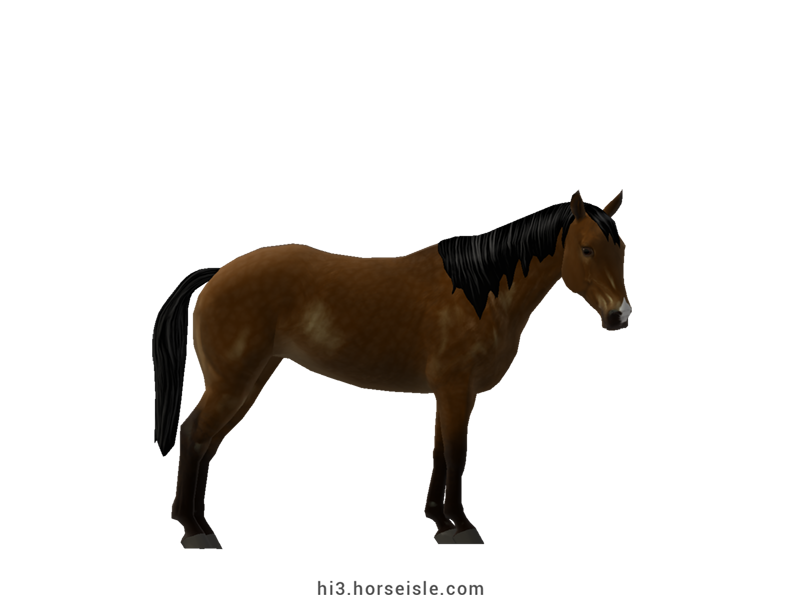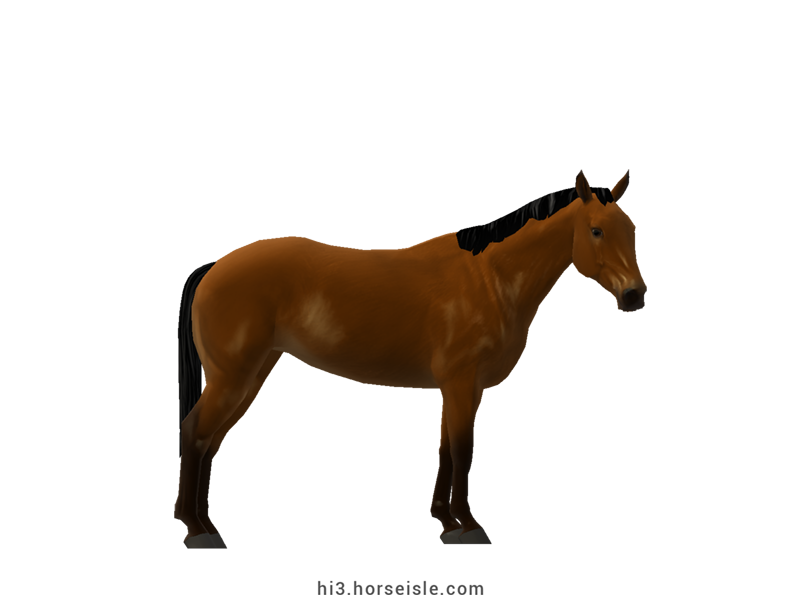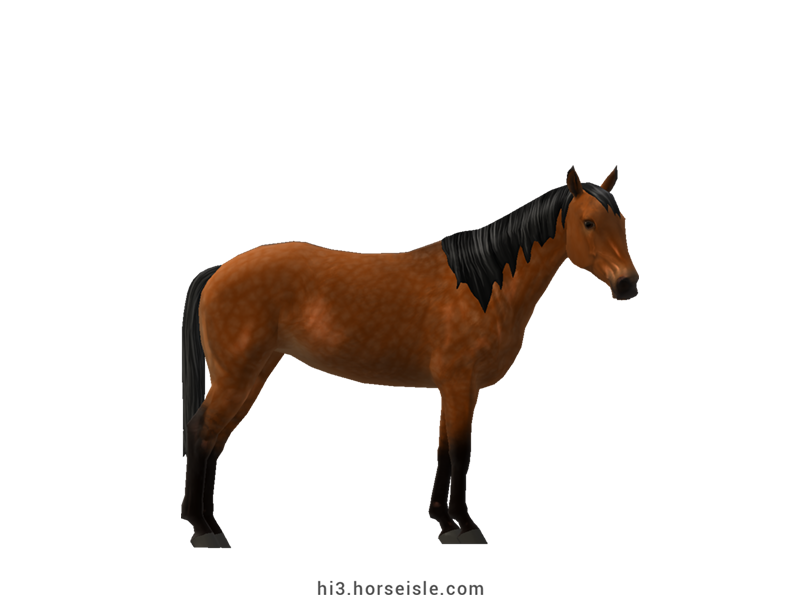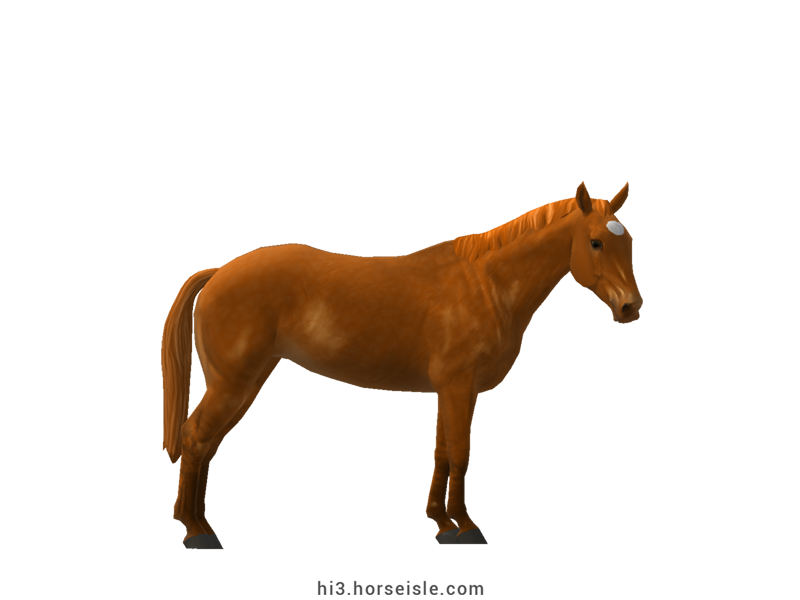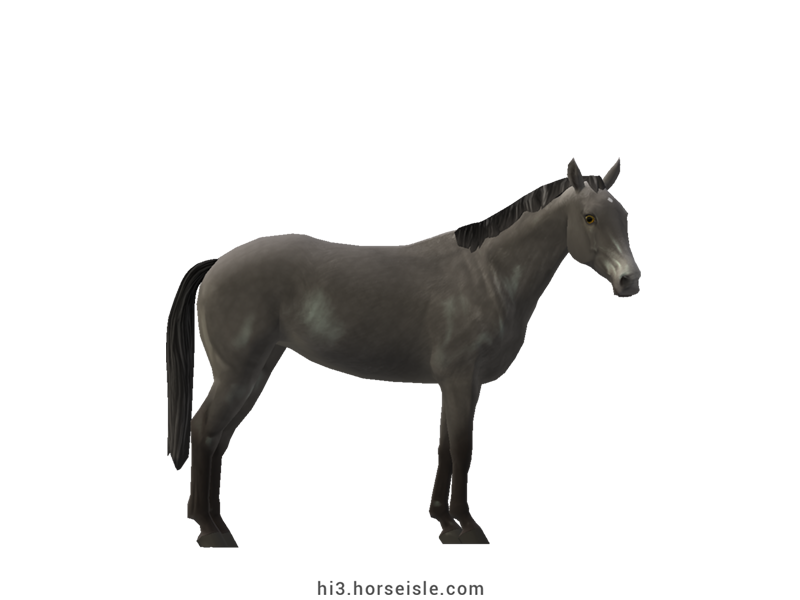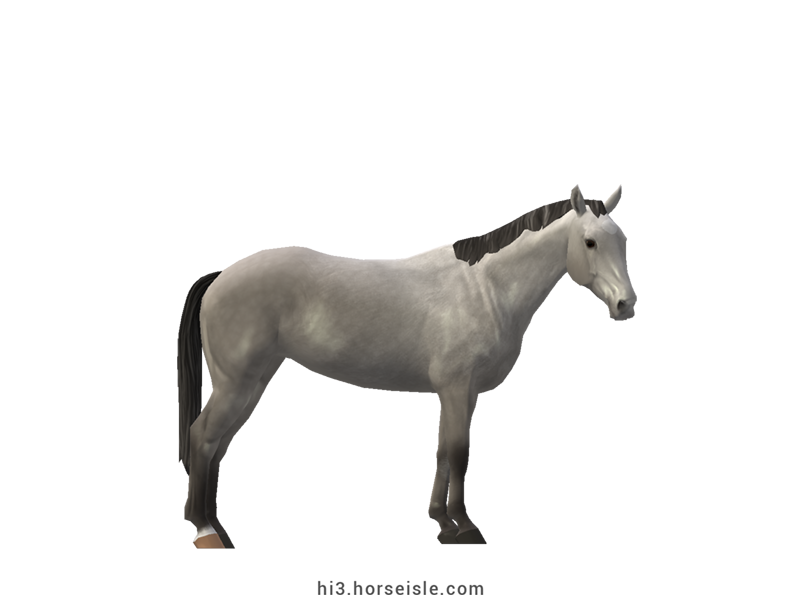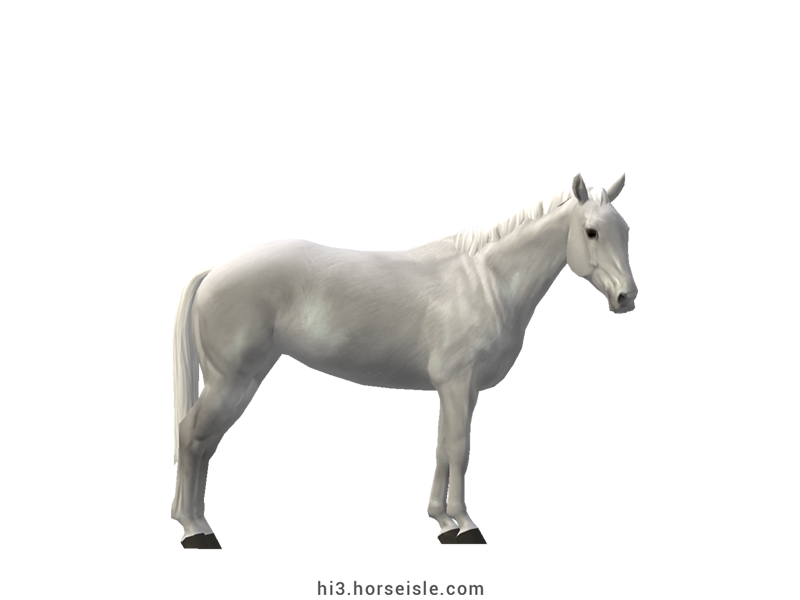Our Massive Real World Equine Reference!
[ INDEX ] Equine Type: Horse Breed: Senne [ PREV ] [ NEXT ]
A semi-free horse:
Originally, Senne horses were bred in Lopshorn stud, and were kept in semi-freedom conditions. Stallions were taken away early in order to serve as riding or cavalry horses, while the mares and the foals remained to roam free in the local pastures, and were taken away only when riding , cavalry, or carriage horses were needed. As a result of living in the pastures and fending for themselves, the Senne horses developed sturdiness and good endurance.
Over the next centuries, Senne horses were crossed with Andalusians. Then, during the 17th and 18th centuries, the blood of Thoroughbreds, Anglo-Arabs, and Arabians was added. The latter heavily influenced the appearance of the Senne horses, and especially of their heads, which can be slightly dished.
From 1870 until 1946, Senne horses were no longer kept in semi-free conditions, and were now actively selected for breeding. However, this did not last long, because the Lopshorn stud was permanently dissolved in 1946. The Senne horses which were bred there were sold to private owners, who preferred to keep their horses in semi-freedom, the same way they were originally kept.
The Senne today:
Today, Senne horses are critically endangered and exist in small numbers. Some of them live freely in Moosheide nature reserve, while others can be found in private farms. They are primarily used for grazing excessive grass, and for riding.
Conformation:
The conformation of the Senne was greatly influenced by their Anglo-Arab ancestors. As such, they have a concave-to-straight profile, a long head, slender legs, and an overall long frame.
The mane and tail are straight. While the tail can grow long, the mane is either short or medium in length.
Performance metrics:
The following are the: range, average, (SD), and MOE of performance metrics of ordered Sennes in Horse Isle (not bred ones). In rare cases,
Speed: 15.5-16.6, 16.1 (0.3), 0.05.
Sprint: 42-52, 47 (2), 0.4.
Accel: 0.78-0.92, 0.85 (0.03), 0.01.
Decel: 0.72-0.85, 0.78 (0.03), 0.01.
Jump: 5.00-5.25, 5.14 (0.05), 0.01.
Pull: 1.66-2.31, 2.01 (0.12), 0.02.
Turning: 40.38-52.62, 46.91 (2.64), 0.52.
Reverse: 2.2-2.8, 2.5 (0.1), 0.03.
Stamina: 46.23-50.15, 48.27 (0.83), 0.16.
Reaction: 0.75-0.85, 0.81 (0.02), 0.00.
Coats & Height:
Colors: usually gray or bay, with chestnut, brown, and black existing to a lesser extent.
Additionals: flaxen, linebacked, rabicano, sooty, dark mane & tail.
Height: 15.2hh to 16.2hh.
[ INDEX ] [ PREV ] [ NEXT ]


